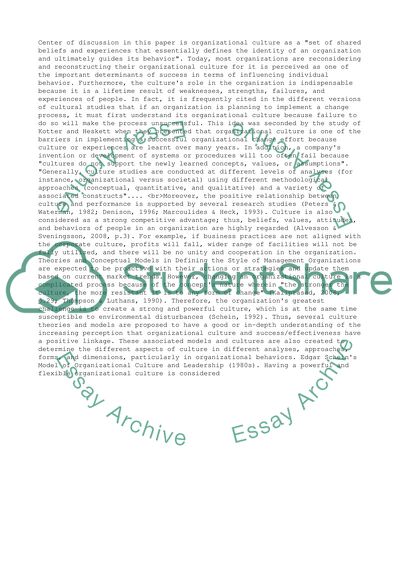Cite this document
(“Organizational Culture Assignment Example | Topics and Well Written Essays - 2500 words”, n.d.)
Retrieved from https://studentshare.org/management/1395450-love
Retrieved from https://studentshare.org/management/1395450-love
(Organizational Culture Assignment Example | Topics and Well Written Essays - 2500 Words)
https://studentshare.org/management/1395450-love.
https://studentshare.org/management/1395450-love.
“Organizational Culture Assignment Example | Topics and Well Written Essays - 2500 Words”, n.d. https://studentshare.org/management/1395450-love.


